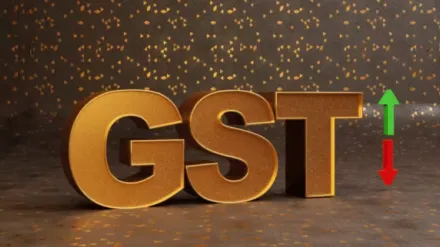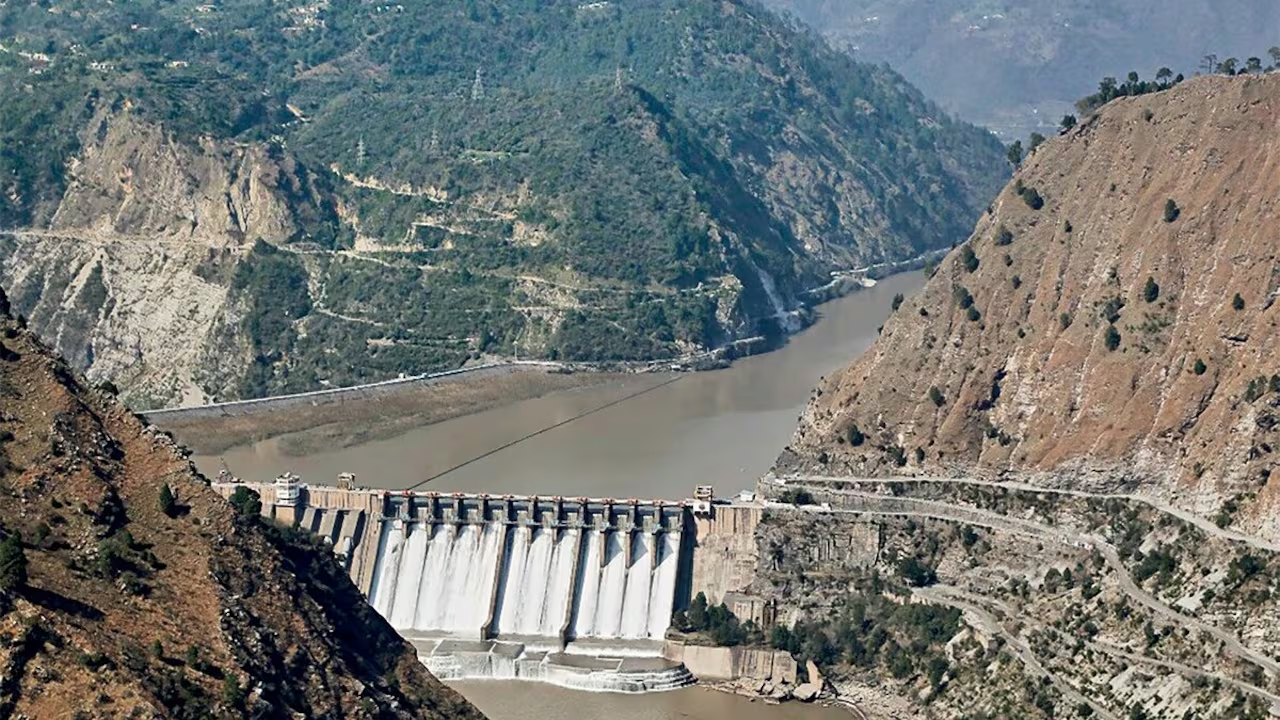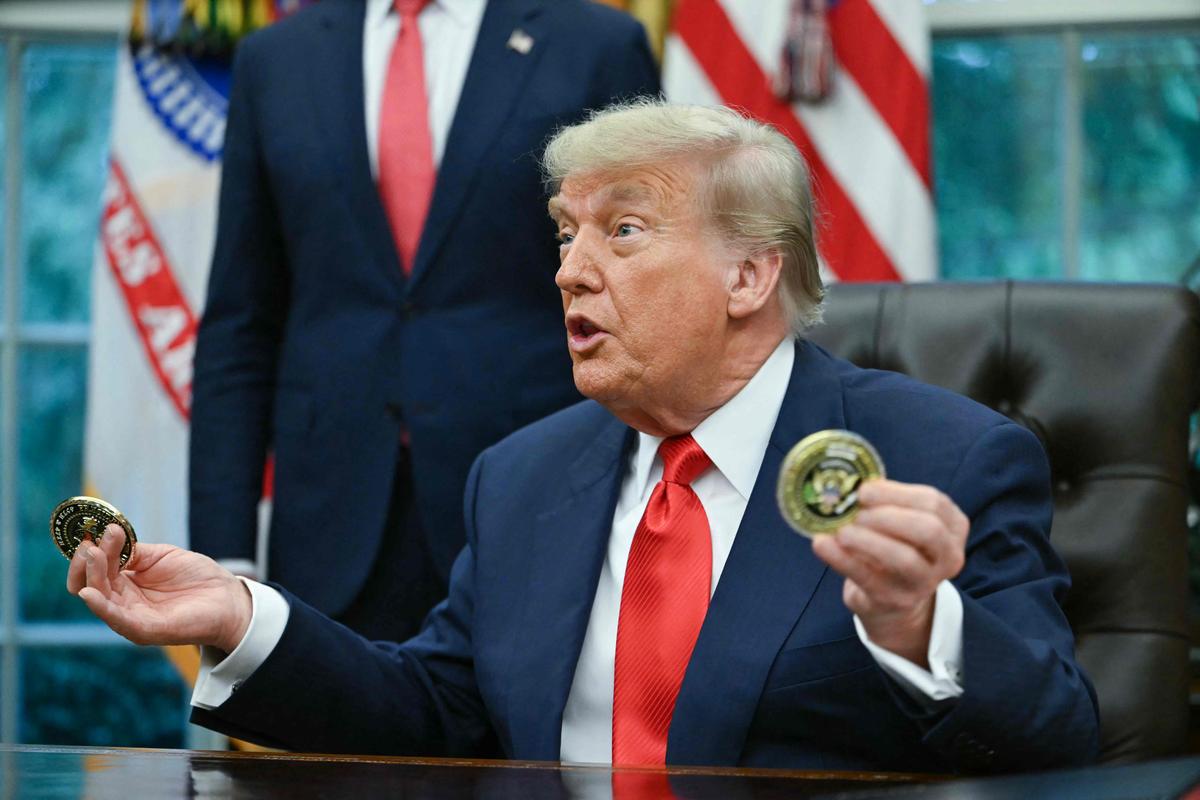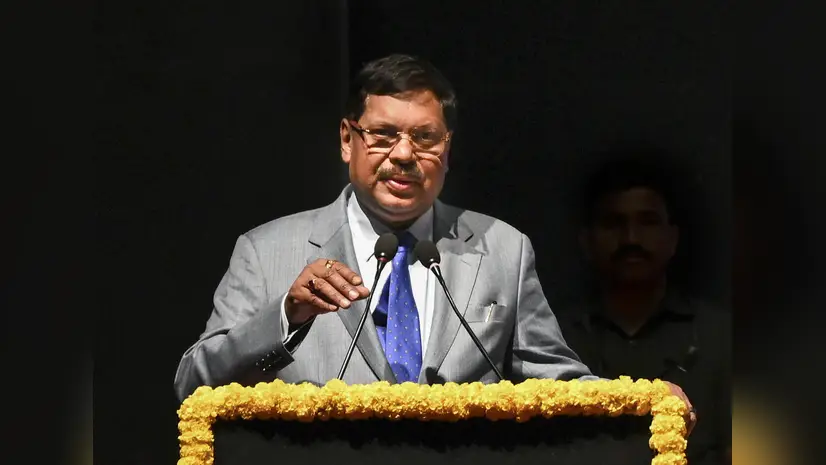- Courses
- GS Full Course 1 Year
- GS Full Course 2 Year
- GS Full Course 3 Year
- GS Full Course Till Selection
- Answer Alpha: Mains 2025 Mentorship
- MEP (Mains Enrichment Programme) Data, Facts
- Essay Target – 150+ Marks
- Online Program
- GS Recorded Course
- Polity
- Geography
- Economy
- Ancient, Medieval and Art & Culture AMAC
- Modern India, Post Independence & World History
- Environment
- Governance
- Science & Technology
- International Relations and Internal Security
- Disaster Management
- Ethics
- NCERT Current Affairs
- Indian Society and Social Issue
- NCERT- Science and Technology
- NCERT - Geography
- NCERT - Ancient History
- NCERT- World History
- NCERT Modern History
- CSAT
- 5 LAYERED ARJUNA Mentorship
- Public Administration Optional
- ABOUT US
- OUR TOPPERS
- TEST SERIES
- FREE STUDY MATERIAL
- VIDEOS
- CONTACT US
GST: An Unfinished Fiscal Reform
GST: An Unfinished Fiscal Reform

Why in the News?
- In July 2025, the eighth anniversary of the Goods and Services Tax (GST) in India was observed, coinciding with one of the poorest GST collection months.
- GST collections for June 2025 stood at ₹1.85 lakh crore, the lowest in four months, highlighting serious concerns about the health of India’s indirect tax system.
- The slowdown in collections has reignited the demand for structural reforms in the GST regime, including rate rationalisation and expansion of the tax base.
Key Highlights
- Sluggish Growth in GST Collections
- The collections in June 2025 were only 6.2% higher than June 2024, marking the slowest annual growth in four years.
- Once refunds were accounted for, the net revenue growth stood at a mere 3.3%.
- This trend reflects stagnation in both consumption and revenue mobilisation.
- Weakness in Domestic Economic Activity
- Revenue from domestic transactions (excluding imports) grew by only 4.6% year-on-year.
- This growth barely exceeded the average inflation rate, indicating almost no real growth in domestic consumption.
- This shows that the economy's internal demand is still weak, despite headline growth figures.
- Structural Shortcomings in GST System
- A drop in GST collections also points to deep-rooted inefficiencies in the tax system, beyond just economic cycles.
- Despite eight years since implementation, GST still suffers from a complex rate structure and a limited tax base.
- Commonly used items like fuel and alcohol remain outside the GST ambit due to state resistance.
- States’ Reluctance to Broaden the GST Base
- States are unwilling to bring fuels and alcohol under GST, as they are major independent revenue sources.
- There is resistance to reforms that may reduce states' fiscal autonomy.
- This has created a persistent Centre-State trust deficit, affecting cooperative federalism.
- Issues Surrounding Cess and Rate Structure
- The GST Compensation Cess, originally introduced to cover short-term state revenue losses, has been extended until 2026.
- With its initial purpose fulfilled, the continued imposition of this cess raises questions.
- The Centre must resist the temptation to merge this cess into the broader GST, as it undermines transparency and trust.
About Goods and Services Tax (GST)
- Introduction to GST
- GST is a comprehensive, multi-stage, destination-based indirect tax levied on the supply of goods and services.
- It replaces a complex web of central and state indirect taxes and aims to create a unified national market.
- Though collected at each stage of value addition, it allows for full input tax credit, ensuring tax is ultimately borne by the final consumer.
- Historical Evolution of GST
- 2003: Kelkar Task Force recommends VAT-based taxation.
- 2006: Union Budget announces intention to implement GST by April 2010.
- 2014: Introduction of the 122nd Constitutional Amendment Bill.
- 2016: Passage of the Bill as the 101st Constitutional Amendment Act.
- 1st July 2017: Formal launch of GST across India.
- Constitutional and Legal Framework
- Article 246A: Empowers both Parliament and State Legislatures to legislate on GST.
- Article 269A: Governs the levy and distribution of Integrated GST (IGST).
- Article 279A: Establishes the GST Council.
- GST laws passed in 2017:
- Central GST (CGST) Act: Governs levy and collection of GST by the Central Government on intra-state supplies.
- State GST (SGST) Act: Enacted by each State to govern levy and collection of GST by the respective State Government on intra-state supplies.
- Union Territory GST (UTGST) Act: Applies to Union Territories without legislatures (e.g., Chandigarh, Lakshadweep), enabling them to collect GST.
- Integrated GST (IGST) Act: Governs GST on inter-state supplies of goods and services, imports and exports, collected by the Centre and shared.
- GST (Compensation to States) Act: Provides for compensation to States for revenue losses arising from GST implementation, funded by Compensation Cess.
- Key Features of GST
- Dual GST Model: Centre and States levy CGST & SGST on intra-state supplies; IGST on inter-state supplies.
- Destination-Based Tax: Tax is collected by the state where the goods/services are consumed.
- Supply-Based Taxation: GST is levied on “supply” instead of manufacture, sale, or provision.
- Input Tax Credit (ITC): Eliminates cascading effect ( by crediting taxes paid at earlier stages.
- Cascading effect refers to “tax on tax” that is, when tax is levied on a product at every stage of the supply chain without credit for the tax paid at the earlier stage.
- Online Compliance: All registrations, payments, and returns are filed through the GSTN portal.
- Threshold Limits:
- Threshold limit is the minimum turnover below which a business is not required to register under GST.
- It implies that small businesses are exempt from GST compliance to reduce their burden.
- The limit is:
- ₹40 lakh for goods suppliers (₹20 lakh for special category states).
- ₹20 lakh for service providers (₹10 lakh for special category states).
- Components of GST
- CGST: Collected by the Centre on intra-state transactions.
- SGST/UTGST: Collected by the State/UT on intra-state transactions.
- IGST: Collected by the Centre on inter-state and import/export transactions and distributed accordingly.
- Taxes Subsumed Under GST
- Central Taxes
- Central Excise Duty, Service Tax, Additional Duties of Customs (CVD & SAD), Central Sales Tax, surcharges, and cesses.
- State Taxes:
- VAT, Entry Tax, Luxury Tax, Entertainment Tax, Purchase Tax, State Cesses & Surcharges.
- Excluded from GST:
- Alcohol for human consumption, petroleum products (until future decision), electricity duty, stamp duty, and vehicle tax.
- Central Taxes
- Tax Rate Structure
- Multiple Tax Slabs: 0%, 5%, 12%, 18%, and 28%.
- Special Rates:
- 0.25% on precious stones, 3% on gold, 1.5% on affordable housing, etc.
- Compensation Cess: Levied over the 28% slab for specific luxury and sin goods.
- GST Compensation Cess
- Introduced to compensate States for revenue loss due to GST implementation.
- Guaranteed 14% annual revenue growth over 2015–16 levels for 5 years (till June 2022).
- Levied on goods like tobacco, pan masala, coal, aerated drinks, and luxury vehicles.
- Proceeds go into the GST Compensation Fund.
- Extended till March 2026 to repay pandemic-time borrowings.
- Criticism:
- Centre controls cess proceeds (not shared), creating Centre-State trust issues.
- Its extension beyond original scope raises cooperative federalism concerns.
- GST Council
- Constitutional body under Article 279A.
- Chairperson: Union Finance Minister.
- Members: Ministers of Finance/Taxation from each state/UT.
- Decision Voting:
- Centre: 1/3rd weight
- States: 2/3rd combined
- Decisions need 75% approval.
- GST Network (GSTN)
- IT backbone for GST implementation.
- A non-profit company managing registration, returns, payments, refunds.
- Shareholding: Centre 24.5%, States 24.5%, Private stakeholders 51%.
- Compliance and Processes
- Invoice Matching and e-Invoicing to reduce fraud.
- E-Way Bill for goods transport > ₹50,000.
- Quarterly Return Filing and Monthly Payment Scheme (QRMP) Scheme for quarterly returns by small taxpayers (turnover < ₹5 crore).
- Reverse Charge Mechanism (RCM): Liability to pay tax rests with the recipient, not supplier.
- Benefits of GST
- Unified National Market: Removal of inter-state barriers.
- Ease of Doing Business: Uniform rates and seamless Input Tax Credit (ITC).
- Transparency: Reduced corruption and tax evasion through digital trail.
- Formalisation of Economy: Encourages businesses to come into the tax net.
- Challenges in GST Implementation
- Exclusion of Key Items: Petroleum and alcohol remain outside GST scope.
- Complex Rate Structure: Multiple slabs, exemptions, and cess lead to classification disputes.
- Inverted Duty Structure: It occurs when GST on inputs is higher than GST on final products. This leads to accumulation of ITC, which businesses must claim as refunds.
- Example: GST on raw material = 18%; GST on finished product = 12%.
- Results in working capital blockages, refund delays, and compliance burdens.
- Compliance Burden: High frequency of returns, portal glitches, and lack of awareness.
- Federal Tensions: Revenue shortfalls and compensation issues have strained Centre-State relations.
- GST Reforms and GST 2.0
- Public Accounts Committee (PAC) Recommendations:
- Shift to GST 2.0 for better state autonomy.
- Real-time monitoring, biometric verification, and audit integration.
- State Empowerment Proposals:
- Assign entire GST revenue or petroleum excise to States for greater fiscal space.
- Way Forward:
- Rationalise tax slabs.
- Include petroleum and alcohol in GST.
- Strengthen GST Council decision-making and dispute resolution.
- Public Accounts Committee (PAC) Recommendations:
Impact on Indian Economy
- Decline in Consumer Demand and Economic Activity
- GST is a consumption-based tax, and low collections signal declining consumer spending.
- This decline, especially in urban areas, can dampen overall economic momentum.
- It reflects underwhelming post-pandemic recovery in sectors like retail and services.
- Stress on Fiscal Federalism and State Finances
- States are under pressure due to declining tax shares and limited revenue options outside GST.
- Continued dependence on cess, which is not shared with states, has widened the Centre-State trust gap.
- This can hinder efficient implementation of welfare and development schemes at the state level.
- Delay in Achieving the Original GST Vision
- The idea of “one nation, one tax” remains partially fulfilled as important items like fuel remain outside GST.
- Multiple tax slabs and exemptions continue to complicate compliance.
- Public perception of GST as a burdensome and incomplete reform is growing.
- Reduced Fiscal Space and Spending Ability
- Slower tax collection reduces the government's ability to finance development and welfare programmes.
- This may lead to higher borrowing, expenditure cuts, or reallocation from essential sectors.
- It also affects the fiscal deficit and long-term economic sustainability.
- Taxpayer Confusion and Lower Compliance
- A complex and inconsistent tax system can discourage compliance, especially among small businesses.
- Tax morale suffers when there is uncertainty and a lack of transparency in cess collection and rate changes.
- This undermines the broader goal of formalising the economy.
Challenges and Way Forward
|
Challenge |
Way Forward |
|
Sluggish and uneven GST revenue growth |
Rationalise GST rates and broaden the tax base by including items like fuels and alcohol in a phased manner. |
|
Excessive reliance on cess, especially Compensation Cess |
Phase out non-essential cesses and integrate them transparently into the GST structure. |
|
Lack of trust and coordination between Centre and States |
Promote cooperative federalism through fair revenue sharing and inclusive decision-making in the GST Council. |
|
Weak demand, especially in urban areas |
Implement demand-boosting measures and simplify GST to stimulate consumption and business activity. |
|
Persistent structural inefficiencies in GST |
Undertake time-bound reforms such as reducing the number of slabs, improving compliance systems, and strengthening IT infrastructure. |
Conclusion
India’s latest GST collection highlights the need for overdue structural reforms. Systemic issues like narrow tax base, excessive cesses, and Centre-State friction hinder its potential. Simplifying the system, broadening coverage, and fostering cooperation are key to making GST truly efficient and growth-friendly.
|
Ensure IAS Mains Question Q. Even after 8 years, GST in India faces key structural and functional issues. Highlight the main challenges and suggest reform measures. (250 words) |
|
Ensure IAS Prelims Question Q. Consider the following statements regarding the structural issues in India’s GST system
Which of the statements given above is/are correct?
Answer: b. 2 only Explanation Statement 1 is incorrect: The GST Compensation Cess is collected by the Centre and is not part of the divisible pool; it is used solely to compensate States for GST revenue loss. Statement 2 is correct: Petroleum and alcohol are outside the GST framework, reducing its coverage and undermining the goal of “one nation, one tax”. |




